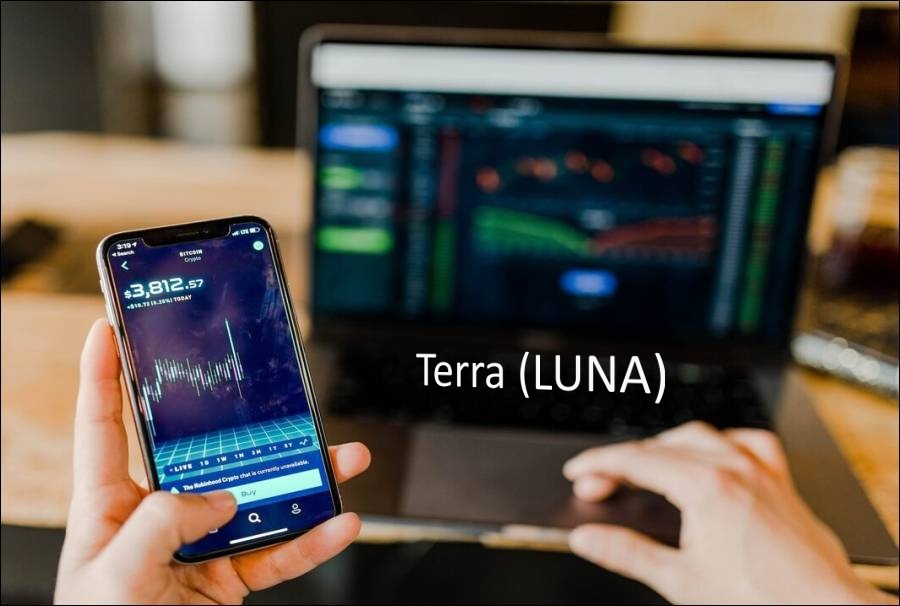
Terra Luna coin is a project that has recently encouraged investors with high rewards for staking on the network. The project also boasted a growing TVL (Total Value Locked) which meant that more and more people were locking their tokens into the Terra blockchain and not going to sell them to earn passive rewards for staking to help validate transactions in the ecosystem.
A significant number of investors also benefited through arbitrage around the TerraUSD stablecoin (UST) price. The project’s price had been rising rapidly, but the cryptocurrency has experienced a massive sell-off in recent days amid the loss of UST stablecoin liquidity and controversy surrounding the project’s fundamentals:
On Monday, stablecoin TerraUSD lost its peg to the U.S. dollar and fell as low as $0.60. Terra’s Luna Foundation Guard (LFG), the organization that is responsible for the security and stability of the project’s ecosystem then proceeded to sell off its $1.3 billion worth of Bitcoin reserves in an attempt to bring LUNA back to parity with UST, putting significant selling pressure on the cryptocurrency and Bitcoin itself. The Terra/Luna ecosystem also used advanced protocols like the Anchor Protocol, which provided up to 20% interest on deposits in TerraUSD and encouraged stablecoin accumulation contributing to its popularity;
Terra USD (UST) unlike projects such as BUSD, USDC (Circle) or even USDT (Tether) is a so-called algorithmic stablecoin, whose rate is regulated by the law of supply and demand, built-in algorithmic programs and ‘active financial management’. Thus, this kind of stablecoin can be described as even more risky and synthetic in comparison to already controversial ‘conventional’ projects like USDC or BUSD. The world’s largest cryptocurrency exchange Binance has suspended the ability to withdraw LUNA and UST from the exchange. This has raised additional concerns about the stability of the system;
The loss of UST liquidity could cause a chain reaction and growing concerns around the remaining stablecoins, as well as a decrease in the level of trust towards the cryptocurrency market. Stablecoins, which are tokens that mimic asset prices like currency exchange rates, have been under the regulators’ magnifying glass many times before.
The largest stablecoin Tether (USDT) was criticized in May 2021 when it was revealed that the project had only a few percent cash coverage. Tether’s financial report to the SEC in the following months showed that the project has collateral in the form of certificates and other financial instruments but is still not adequately covered by US dollars. There was also controversy over the form of Tether, which was generated almost ‘out of thin air’ and became one of the most important, largest and trusted cryptocurrencies;
The stablecoin controversy, most notably Tether has repeatedly in the past been identified as a potential threat to cryptocurrency price increases. The theoretical collapse of Tether could end for Bitcoin similar to what we are seeing on the Terra token after the collapse of stablecoin UST and would mean a massive crash of the cryptocurrency market. At the same time, analysts assume a possible scenario in which Luna’s declines will not go unnoticed by the entire market as the foundation behind it has been making large purchases in the market recently, and the collapse of stablecoin could further weaken investor sentiment;
At the same time, there are still stablecoins like BUSD and USDC, which are supervised by SEC-related institutions and report regular replenishment of US dollar coverage.
Views: 614





